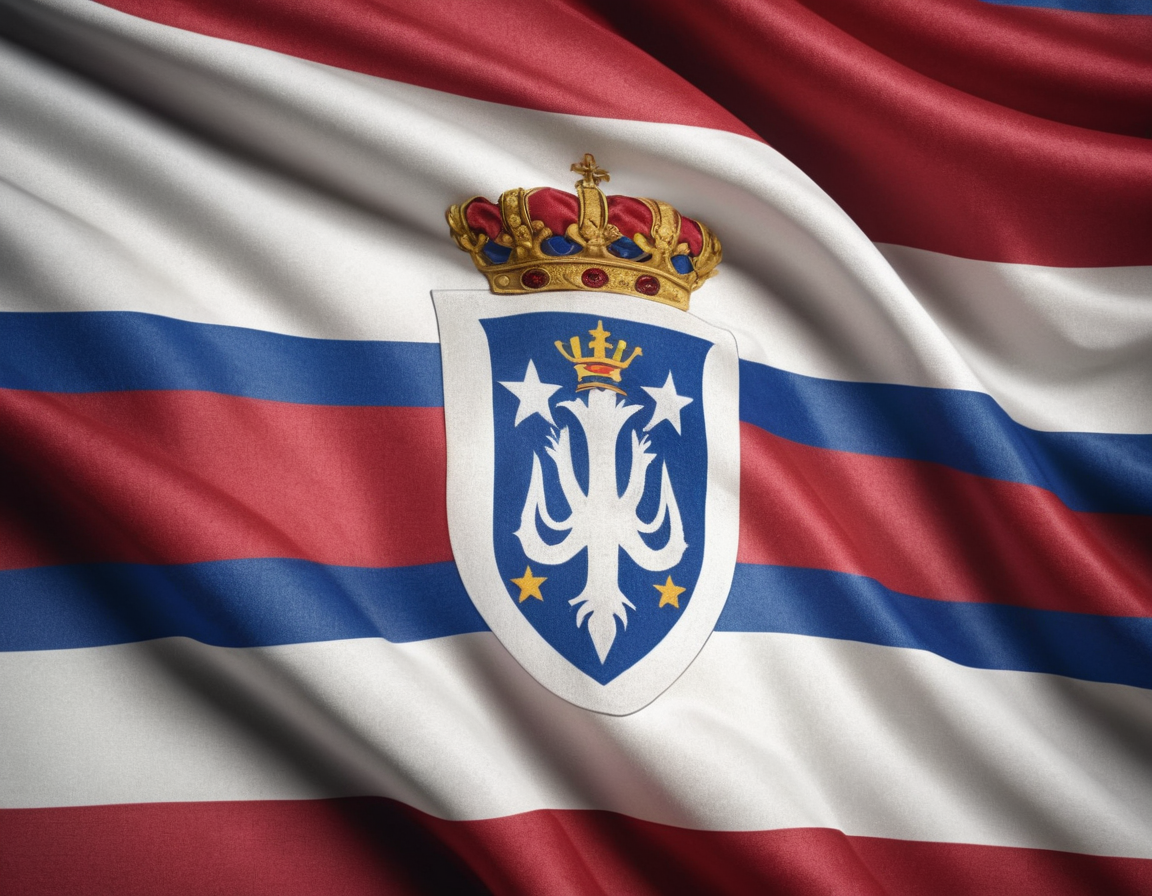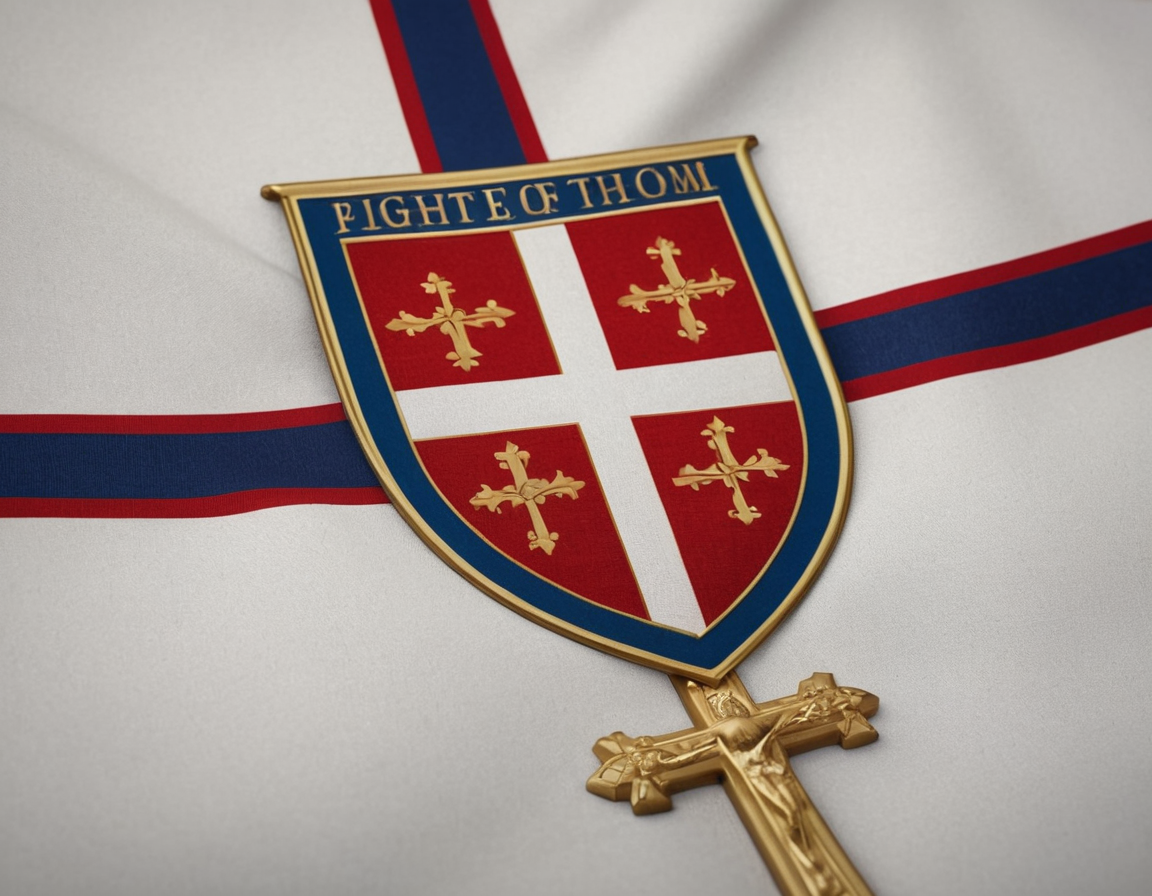Exploring the Symbolism of the Flag of Republika Srpska
The Flag of Republika Srpska: A Symbol of Identity and History
In the heart of the Balkans, the Flag of Republika Srpska represents not just a territorial entity within Bosnia and Herzegovina but also a rich and complex history. The flag, with its distinctive colors and symbols, carries deep meaning for its people. In this post, we delve into the symbolism, controversies, and cultural significance of this unique flag.

Understanding the Historical Significance
Republika Srpska, as an entity, emerged from the Yugoslav Wars and the Dayton Peace Agreement, which concluded in 1995. This historical context sets the stage for understanding the flag’s importance and the representation of identity it holds for the residents of Republika Srpska.
The Design and Symbolism of the Flag
The flag features a unique combination of colors and designs that reflect its people’s ethnic and cultural identity. Red, blue, and white—echoed from the Serbian national flag—hold a prominent position in the design, symbolizing the bond with Serbia and the shared heritage.

Controversies and Debate
Throughout its history, the flag of Republika Srpska has been at the center of various political debates and legal challenges, both domestically and internationally. These controversies highlight the ongoing conversation around national symbolism and its political implications in post-war society.

Conclusion: Reflecting on the Flag’s Role Today
To this day, the flag remains a powerful emblem of Republika Srpska, encapsulating its struggles, pride, and aspirations for the future. Its story is a reminder of the enduring significance of national symbols and the emotions they can inspire.
What are your thoughts on the symbolism and the debates surrounding the flag of Republika Srpska? Share your views and join the conversation.
This article is intended for informative purposes and does not advocate any political stance or view.






